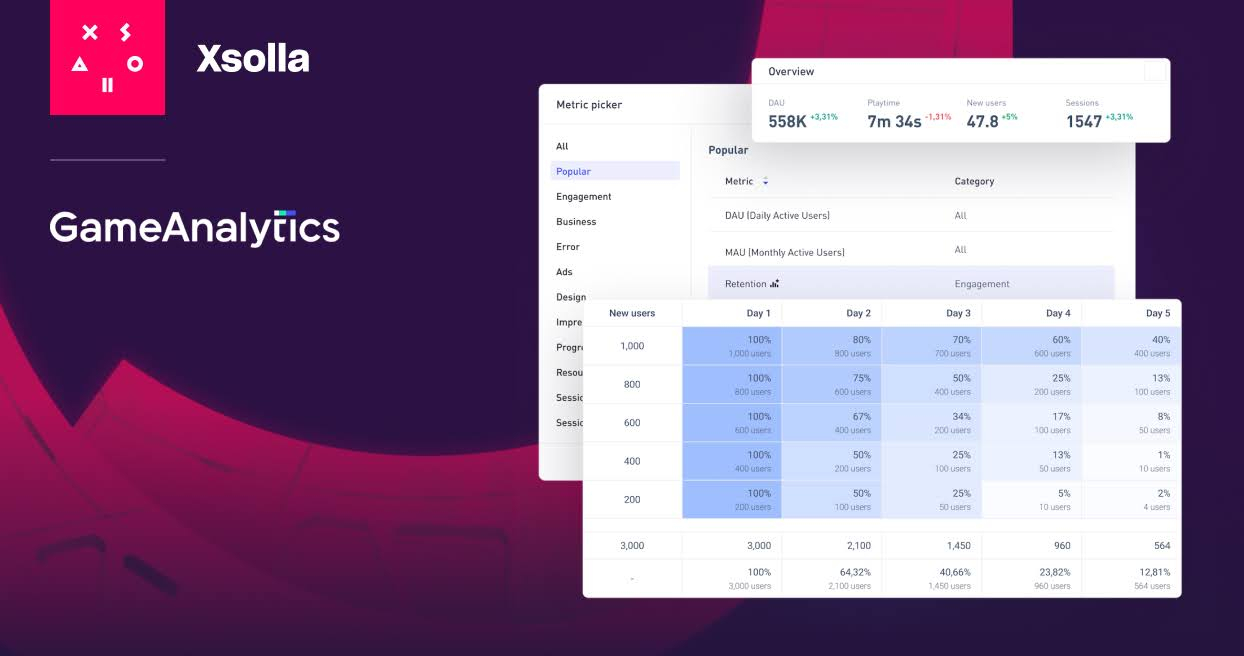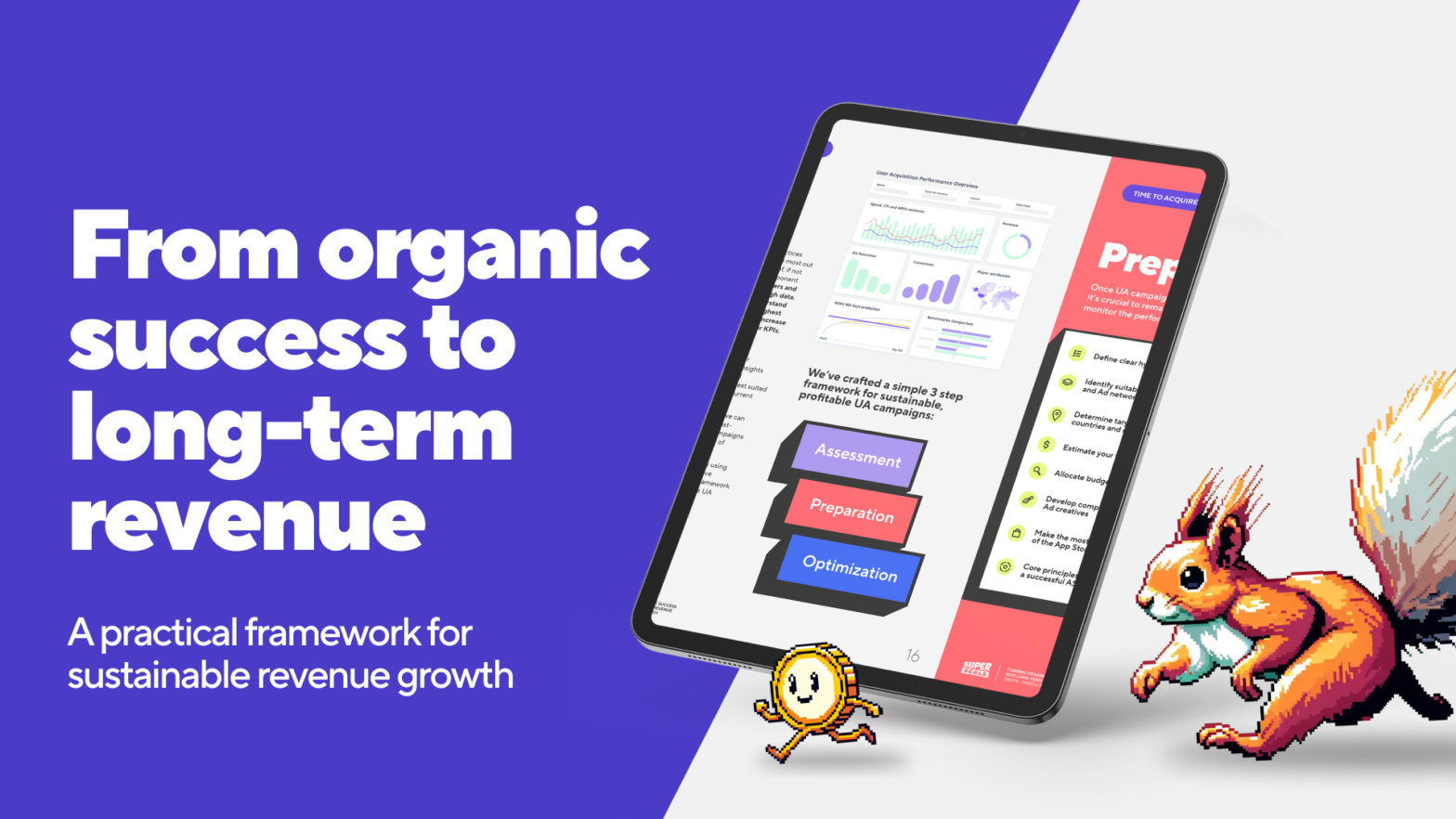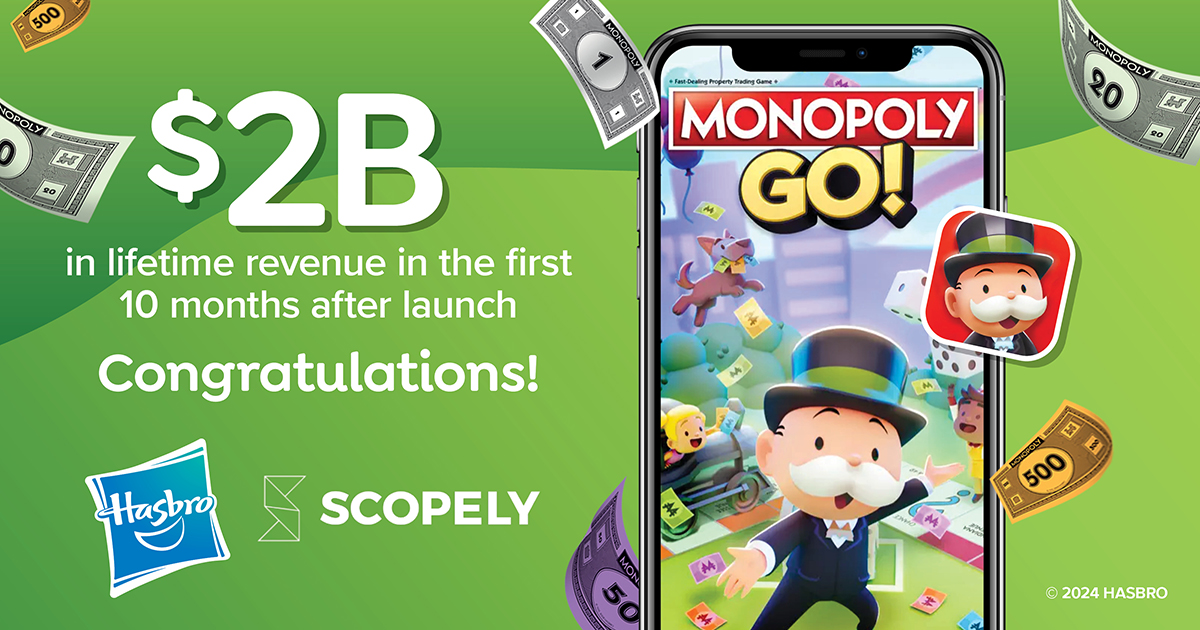The hyper-casual gaming industry constantly evolves, requiring developers to keep abreast of trends and the latest gaming practices. Many studios often make common mistakes that can be easily avoided.
The Coda Platform has shared some helpful information for developers. The company has extensive experience working with developers and studios. From experience, they’ve compiled a list of five significant mistakes hyper-casual developers make and how best to avoid them when making a game.
1. Misunderstanding the complexity of the levels
Hyper casual games are known for their simplicity. One of the common mistakes that developers can make when designing a level roadmap is a misconception about the difficulty of the levels. Making the game’s first levels too hard will scare off your primary audience, and too easy will cause retention problems.
As practice shows, the first level of your game must be nearly impossible for the user to fail. That being said, they can see in the first ten seconds of the game how to succeed, and from there, you, as a developer, can look at statistics to increase the difficulty, add some obstacles, enemies as part of the onboarding process.
2. Confused or missing adaptations
Typically, hyper-casual games are designed so that any user can figure out how to play your game in less than 10 seconds. However, if your adaptation is confusing, or worse, it still doesn’t exist in your game, it can be highly detrimental to the overall user experience of your game.
When designing onboarding for your hyper-casual game, the Coda Platform recommends keeping it simple. Use symbols and playful tactile sensations rather than long or confusing text that will later create localization problems when posting.

3. Failure to test the prototype at an early stage
Another typical mistake developers can make when building their initial prototype is not testing their game early on. It is now elementary for a developer to set up a market benchmark for a game with a short game video, even if the game itself is only half completed.
By creating an initial market test as soon as possible while developing your prototype, you can gain a vital insight into the competitiveness of your game. This gives you more information to inform your next decision about whether to repeat the tests or move on to a concept with a higher probability of success.
4. Making games using unpopular game mechanics
When choosing your next concept idea, be sure to select a game mechanic that reflects the current market demand.
The Coda Platform is encouraged to work smarter, not harder, by analyzing and identifying market trends before deciding on a concept. Game analytics platforms like App Annie or Coda Platform are great platforms where you can get information on current games with charts and trends for free. This way, you can identify demand and create a game that is much more likely to succeed.
5. Focusing on game features rather than core mechanics
Sometimes it’s easy to get distracted by the bells and whistles of game design, but when it comes to hyper-casual games, less is more. Many developers often waste valuable time and focus on creating unnecessary in-game features that don’t really matter to the overall success of your game.
These features can include game economics, store, user interface, and imagery, which essentially won’t have a direct impact on user retention if the game concept itself is not compelling.
The Coda Platform encourages developers to spend their time and focus on core mechanics, where controls, a feel for the overall gameplay, are more critical to the success of your game.
Making successful hyper-casual games requires studios to be aware of common mistakes that can be made at every stage of development. When designing your next hyper-casual match, we encourage you to carefully consider your level design and adaptations, while taking the initiative in early testing and tracking demand for your game mechanics.
820













 6 minutes
6 minutes







 2 minutes
2 minutes
